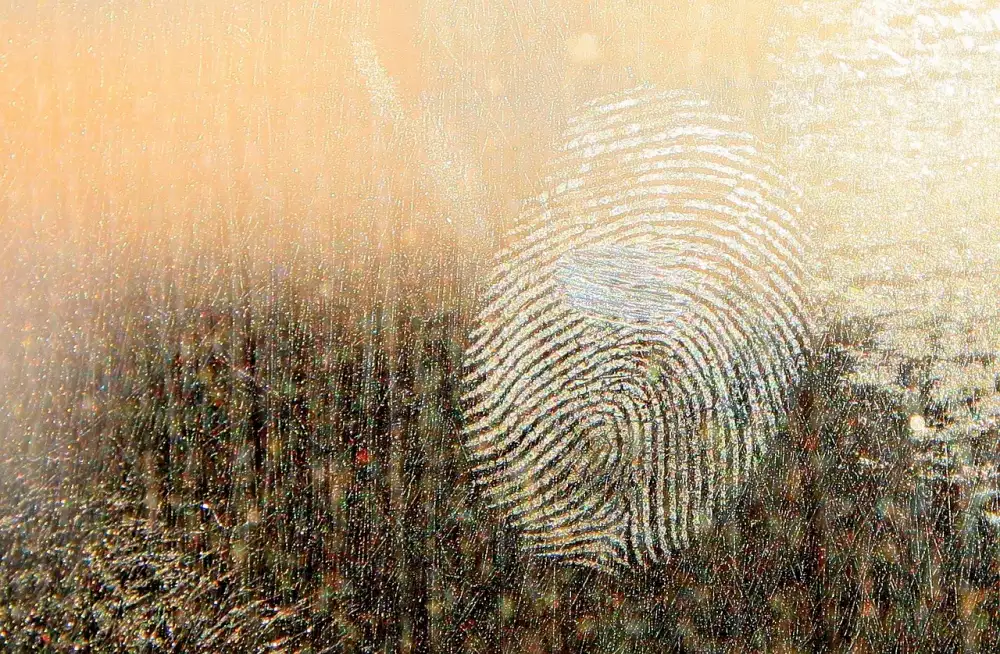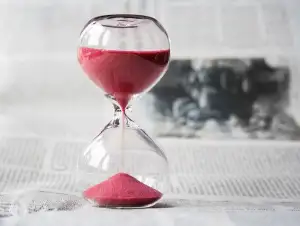Grease Stains Be Gone: Master the Art of Removing Grease from Clothes at Home

- Gather necessary supplies for grease stain removal
- Pre-treat the grease stain with dish soap or laundry detergent
- Use a brush or sponge to gently scrub the stain
- Rinse the garment with warm water
- Apply a stain remover or vinegar to the grease stain
- Let the stain remover or vinegar sit for a few minutes
- Launder the garment as usual, following the care instructions
- Check if the stain is completely removed before drying
- Repeat the process if necessary
- Tips for preventing grease stains on clothes
Grease stains on clothes can be a frustrating and stubborn problem. Whether it's from cooking, working on your car, or an accidental spill, grease stains can leave unsightly marks on your favorite garments. But fear not! With a few simple steps and some common household supplies, you can easily remove grease stains from your clothes right in the comfort of your own home. No need to rush to the dry cleaner or spend a fortune on specialized stain removers. In this article, we will guide you through the process of mastering the art of removing grease stains from clothes at home. Say goodbye to those pesky grease stains and hello to fresh, clean garments!
Gather necessary supplies for grease stain removal
To effectively remove grease stains from clothes at home, it is important to gather the necessary supplies beforehand. Here are the items you will need: dish soap or laundry detergent, a brush or sponge, stain remover or vinegar, and access to warm water. These supplies will help you tackle even the toughest grease stains and restore your clothes to their former glory. So, make sure you have them on hand before starting the stain removal process.
Pre-treat the grease stain with dish soap or laundry detergent
To pre-treat a grease stain, start by applying a small amount of dish soap or laundry detergent directly onto the stain. Gently rub the soap into the fabric, focusing on the stained area. Allow it to sit for about 10 minutes to allow the soap to penetrate and break down the grease. This will help loosen the stain and make it easier to remove during the washing process.
Use a brush or sponge to gently scrub the stain
After pre-treating the grease stain with dish soap or laundry detergent, it's time to gently scrub the stain. Take a brush or sponge and start scrubbing the stained area in circular motions. Be careful not to scrub too hard as this may damage the fabric. The goal is to loosen and lift the grease from the fibers of the clothing. Continue scrubbing until you see the stain starting to fade away. If necessary, add more dish soap or detergent and continue scrubbing until you're satisfied with the results. Remember, patience is key when removing grease stains, so take your time and be gentle with your garments.
Rinse the garment with warm water
After pre-treating the grease stain with dish soap or laundry detergent and gently scrubbing it with a brush or sponge, the next step is to rinse the garment with warm water. This helps to remove any remaining soap or detergent residue and further loosen the grease stain. Make sure to use warm water as it helps to break down the grease and make it easier to remove. Rinse the garment thoroughly, ensuring that all areas of the stain are exposed to the water. Once rinsed, check if the stain is still visible before proceeding to the next step.
Apply a stain remover or vinegar to the grease stain
To tackle stubborn grease stains, apply a stain remover or vinegar directly to the affected area. Stain removers are specifically designed to break down grease and oil, while vinegar acts as a natural degreaser. Gently rub the stain remover or vinegar into the fabric using a cloth or sponge. Allow it to sit for a few minutes to penetrate the stain. This will help loosen the grease particles and make them easier to remove during the washing process.
Let the stain remover or vinegar sit for a few minutes
After applying the stain remover or vinegar to the grease stain, it's important to let it sit for a few minutes. This allows the product to penetrate the stain and break down the grease particles. The longer you let it sit, the better chance you have of fully removing the stain. However, be careful not to let it sit for too long, as some products may cause discoloration or damage to certain fabrics. Use this time to gather any additional supplies you may need for laundering the garment.
Launder the garment as usual, following the care instructions
After applying the stain remover or vinegar and letting it sit for a few minutes, it's time to launder the garment as usual. Check the care instructions on the clothing label to ensure you follow the correct washing method. If it's safe to machine wash, use warm water and your regular laundry detergent. For delicate fabrics, handwashing may be necessary. Gently agitate the garment in the soapy water, paying extra attention to the stained area. Once washed, rinse thoroughly with clean water to remove any remaining soap or stain remover residue. Finally, allow the garment to air dry or tumble dry according to its care instructions.
Check if the stain is completely removed before drying
After laundering the garment, it's important to check if the grease stain is completely removed before drying. Once the fabric is dry, the heat from the dryer can set the stain, making it much more difficult to remove. Take a close look at the stained area under good lighting to see if any traces of grease remain. If there are still remnants of the stain, repeat the stain removal process again before drying. It's better to be safe than sorry and ensure that all traces of grease are gone before moving on to drying the garment.
Repeat the process if necessary
If the grease stain is still visible after laundering, don't worry! You can repeat the process to ensure complete removal. Simply go back to step 3 and pre-treat the stain again with dish soap or laundry detergent. Use a brush or sponge to gently scrub the stain, rinse with warm water, and apply a stain remover or vinegar. Let it sit for a few minutes before laundering as usual. Remember to check if the stain is completely gone before drying the garment. Repeat these steps until the grease stain is completely removed. Patience and persistence will pay off in achieving spotless clothes!
Tips for preventing grease stains on clothes
1. Avoid eating greasy foods while wearing your favorite clothes.
2. Use a napkin or paper towel to blot any grease spills immediately.
3. Consider wearing an apron or protective clothing when cooking or working with oily substances.
4. Be cautious when using oil-based products like lotions and creams, as they can transfer onto clothing.
5. Treat stains promptly by pre-treating them with dish soap or laundry detergent before washing.
6. Opt for stain-resistant fabrics or treat your clothes with a fabric protector spray to repel grease.
7. Store greasy items separately from your clothes to prevent accidental spills or leaks.
8. Regularly clean kitchen surfaces and appliances to minimize the risk of grease splatters.
9. When dining out, be mindful of where you place your napkin to avoid transferring grease onto your clothing.
10. If you're unsure about a particular stain, seek professional dry cleaning services for the best results.
By following these tips, you can keep your clothes looking fresh and free from unsightly grease stains.
In conclusion, removing grease stains from clothes at home is not as daunting as it may seem. With the right supplies and a little bit of patience, you can easily tackle those stubborn grease stains. Remember to pre-treat the stain, gently scrub it, rinse with warm water, and apply a stain remover or vinegar. Don't forget to check if the stain is completely gone before drying. And for future prevention, be cautious while cooking and consider wearing an apron. So go ahead, confidently combat those grease stains and keep your clothes looking fresh and clean!
Published: 21. 01. 2024
Category: Home



